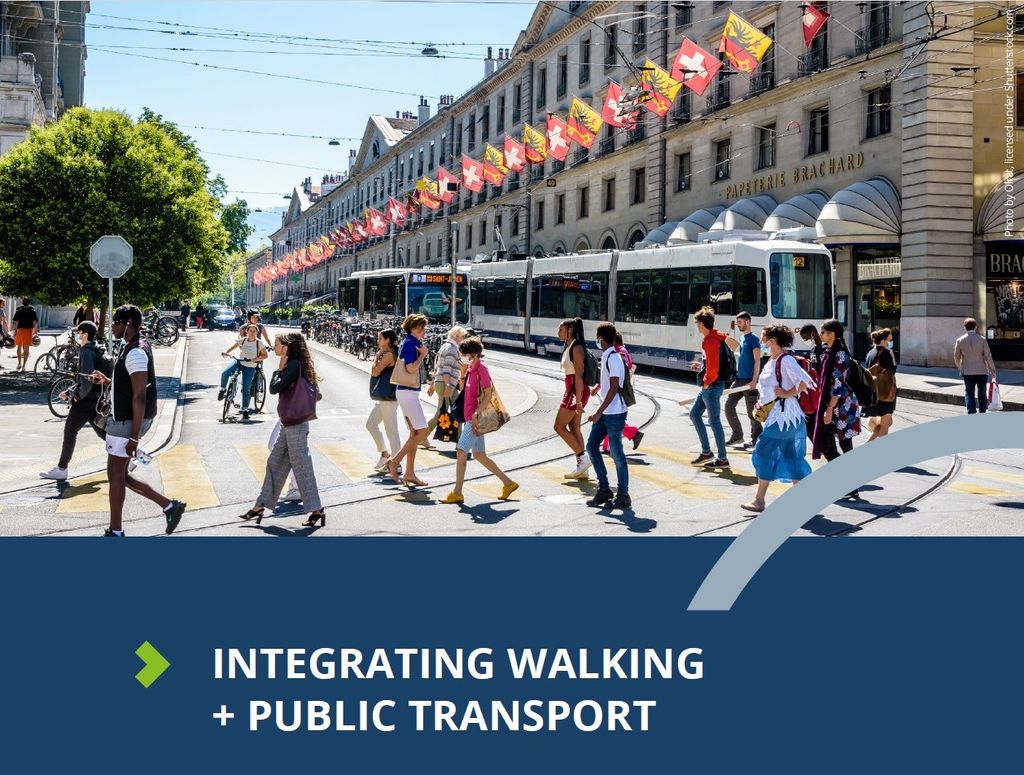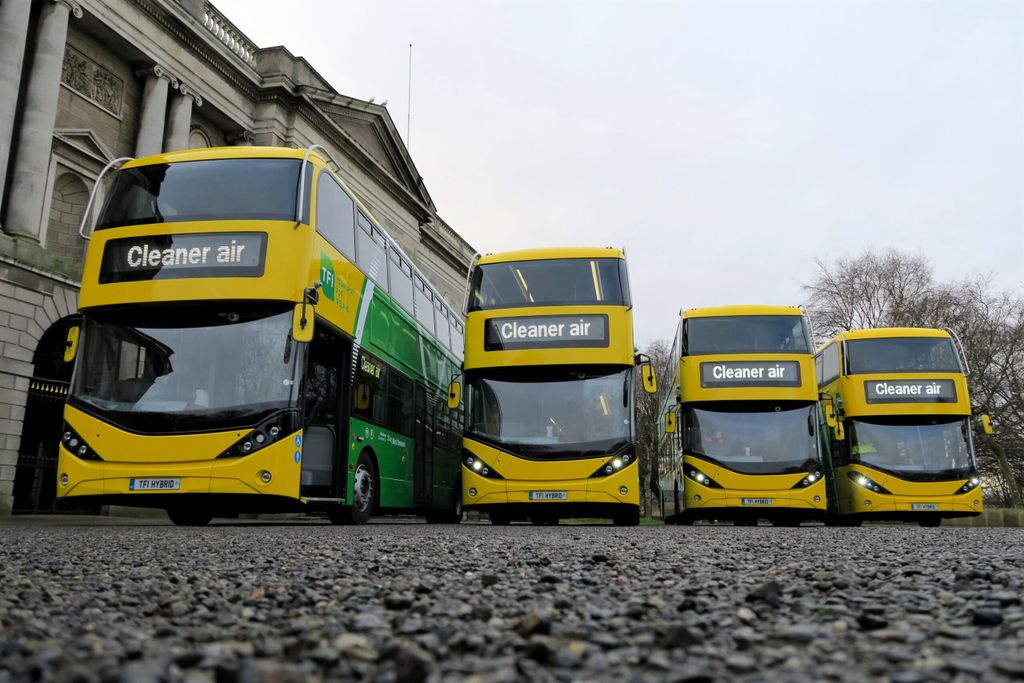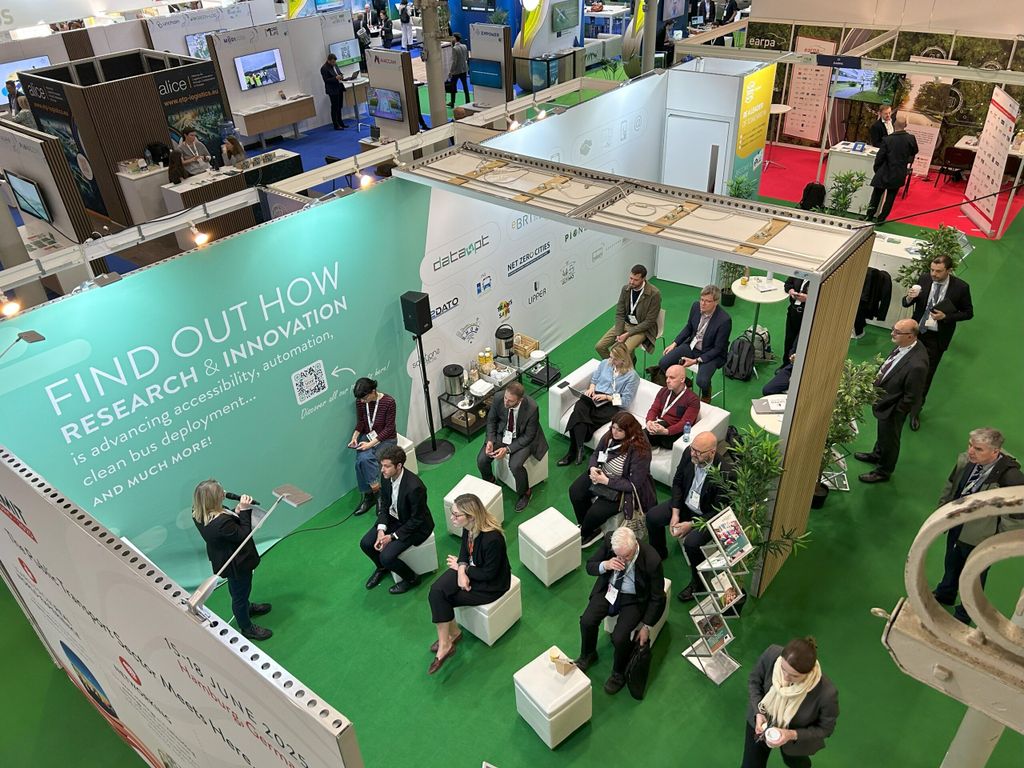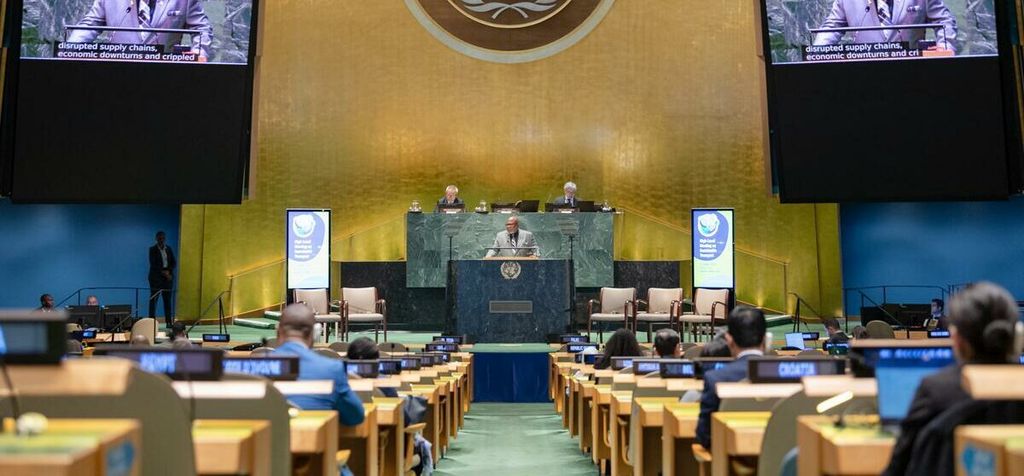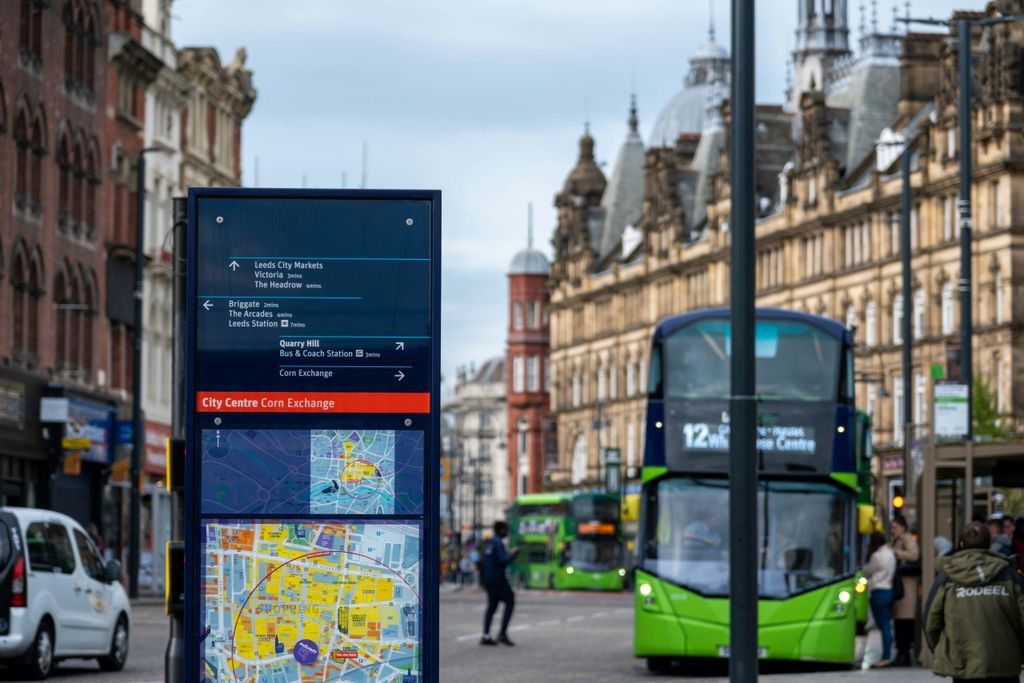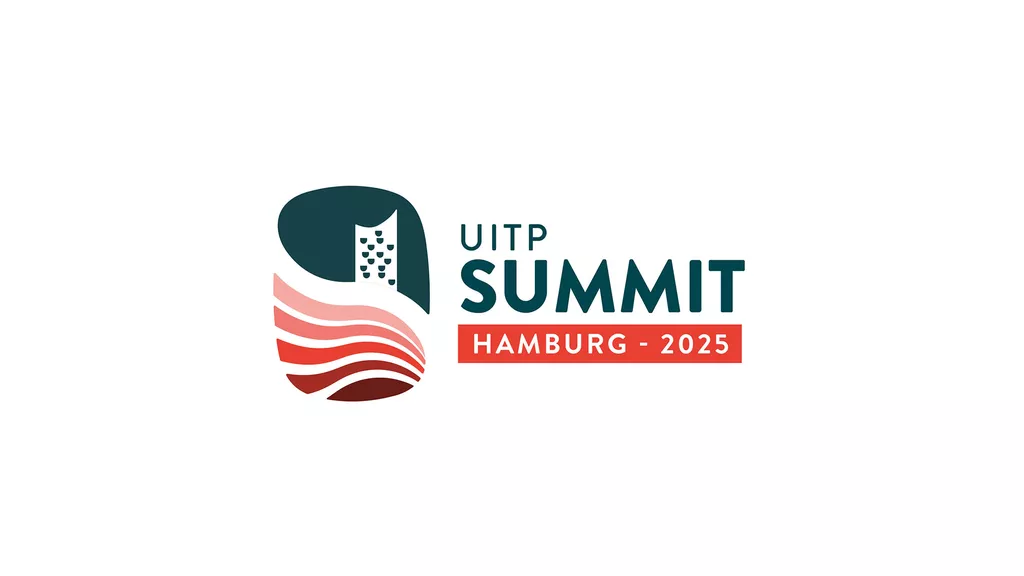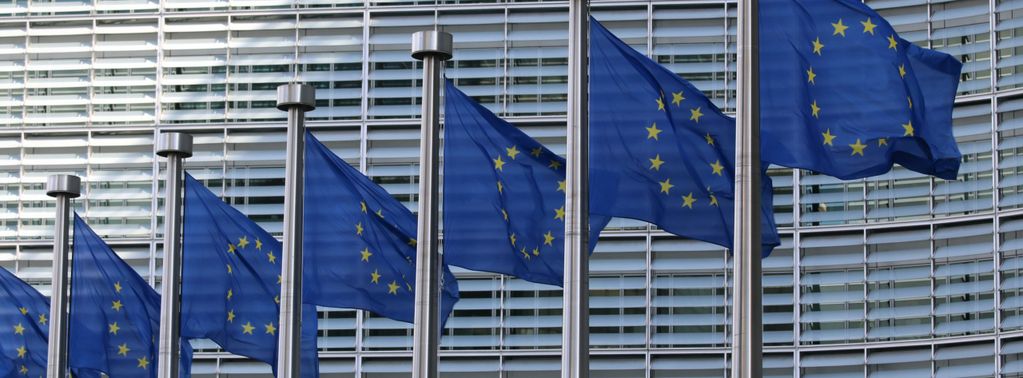
UITP Policy Paper on CEF-Transport Work Programme 2023-2027
In the framework of the CEF-Transport Work Programme 2023-2027, UITP wants to remind the EU legislators of key policy elements that can strengthen the whole TEN-T network architecture through empowering local public transport as “the backbone of urban mobility”.
Discover our policy recommendations here or continue reading below
Within the trans-European transport networks (TEN-T) – and particularly across its urban nodes – local and urban public transport provides community services that ultimately deliver on all major EU policy objectives related to green and sustainable mobility transition. Following the soon-to-come revision of the TEN-T Regulation’s (EC 2021/0420) guidelines, UITP prises the legislators for giving the much-needed additional focus to the urban nodes, with a total of 424 new nodes, all of which additionally equipped with Sustainable Urban Mobility Plans requirements.
Hereby, UITP calls the EU legislators to consider three key recommendations on the CEF-Transport Work Programme 2023-2027, and related to urban and local public transport provision:
- 1. Increase the envelope for urban nodes
- 2. Bring asset procurement back into play
- 3. Simplify access and eligibilities for AFIF
UITP wishes to remind that local public transport is a key enabler of efficient and accessible urban mobility, serving both local mobility demand, as well as first-and-last-mile connections between long-distance TEN-T infrastructures. Only collective modes of local transportation – such as bus, metro or tramway systems – offer the best capacity to move large number of commuters and tourists alike with the most energy efficiency and the least emissions and space use per passenger. Besides, an overwhelming number of long-distance journeys starts and ends with a local public transport trip. Yet, with insufficient or incomplete public transport systems either at the urban or suburban level, individual travel tends to favour private motorized vehicles, even for long-distance trips or commuting. Therefore, there is a very strong case to the further empowerment of local public transport authorities and operators, also when it comes to structural financing support by TEN-T’s flagship assistance instrument – the Connecting Europe Facility-Transport.
With the right yet ambitious levels of CEF co-financing, the enhanced efficiency of local passenger transport across all urban nodes may quicky become one of the key parameters of the overall efficiency of the whole mid-to-long-distance TEN-T network.
According to UITP’s 2023 study on EU investments in the local public transport sector: Insights from the 2014-2020 financial programming (report available to UITP members only – EU officials may request a copy at [email protected]), Connecting Europe Facility-Transport contributed merely €330 million of co-financing for local public transport projects under the Urban Nodes Priority. This support was good for just about 1.4% of the whole CEF-Transport programme 2014-2020 (€23.7bn). Yet again, collective local transport was overshadowed by a far larger financing to road and long-distance rail infrastructures, both contributing in no meaningful way to sustainable commuting patterns of daily passenger mobility.
With those meagre results on the record, UITP calls on the European Commission to increase the funding envelope for local public transport and the urban nodes – including multimodal mobility hubs infrastructure – in the 2023-2027 CEF-Transport Work Programme. This enhanced envelope should be channelled to concrete investment actions that will speed up green and digital transitions of the sector, additionally strengthening functional interlinks between CEF’s transport and energy components in a more effective way. This financing need is particularly valid for urban rail which plays a critical role in raising the attractiveness of the whole TEN-T rail network, while substantially cutting back the carbon footprint of the segment of travel that undisputedly dominates the whole European railway market by passenger trips – namely the local and regional commuting. The further development of numerous metro and tramway networks across Europe is, moreover, existentially linked with the performance of local economies, providing zero-emission mobility opportunities for millions of urban employees.
Moreover, accessible, efficient and affordable local public transport is, and will remain the key element of the implementation of the SUMPs objectives across all 424 urban nodes. That is why a strong financial support to the backbone-role of local public transport, urban rail and active modes in urban nodes is a prerequisite for efficient and seamless transportation flows.
Strong financing is also critical for ensuring the resilience function of the whole collective transportation networks and infrastructures at the urban level. UITP recalls a fundamental and unique position that local public transport had in keeping cities moving during successive COVID lockdowns, while ensuring smooth mobility for all essential workers.
Finally, with its focus on cross-border projects and actions aiming at removing bottlenecks and bridging missing links in various sections of the TEN-T corridors, CEF-Transport may significantly contribute to economic, social, and territorial cohesion of local cross-border populations. For the 2023-2027 Work Programme, UITP therefore reiterates not only on reinforcing funds for local cross-border passenger transport (road and rail), but also on enhancing the existing synergies between the projects supported by both CEF grants and the ESIF regional support.
The green asset procurement policy, particularly related to zero-emission bus vehicles, was one of the features of the CEF Blending Facility under the late 2014-2020 programming period. However, with the new MFF 2021-2027, and giving the creation of temporary recovery instruments under the NextGenerationEU, co-financing for electric and hydrogen buses was excluded from CEF, with the only focus going toward the deployment of alternative fuel infrastructures, namely recharging and refuelling stations. Simultaneously, the asset procurement component was univocally shifted under the temporary Recovery and Resilience Facility. While grants and lending provided by the RRF is a real lifeline to many local transport systems, the temporary nature of this demand-driven instrument cannot guarantee a long-term financing perspective that is much need in successful deployment of zero-emission road and rail vehicles. This is particularly valid for a critical role that the EU co-financing has on bridging a substantial cost gap between conventional and zero-emission vehicles and rolling stock.
Given substantial procurement requirements imposed by the Clean Vehicles Directive, but also the forthcoming revision of the CO2 emission standards for heavy-duty vehicles, UITP calls for restoring the co-financing for procurement of zero-emission buses, but also for urban (metro and tram) and regional rolling stock, in the Work Programme. CEF-Transport needs to get on the right level of ambition to become much stronger of an instrument for both depolluting urban mobility and decarbonising bus fleets and urban rolling stock, particularly in the next years to come. Also, this would ensure more active engagement of European bus and rolling stock manufacturers in the forthcoming procurement bids.
Under the previous MFF, CEF Blending Facility demonstrated that grants had a strong leverage effect in accelerating the deployment of clean vehicles across many urban nodes. Now, with the European Green Deal unfolding, the sector needs not only to swifty replace many older vehicles and rolling stock, but also simply to provide needed transport capacity to meet the growing passenger expectations and demand.
Analysing the results of the already published cut-off calls for project proposals under CEF’s Alternative Fuels Infrastructure Facility (AFIF), UITP wishes to point a very limited co-financing provided to local public transport authorities and operators, public or private alike. There have been grounded claims of public transport operators that had to decline the application process given a too stringent set of criteria required. UITP calls on the European Commission to revise and amend the below-specified criteria which seriously hamper the deployment of alternative fuels infrastructures across the urban nodes:
- Extraordinarily high minimum investment amount which normally corresponds with a very significant electric bus procurement investment related, and is oftentimes out of reach for many operators aiming at deploying small number of e-buses;
- Complex geographical requirements for the location of recharging or refuelling infrastructure within urban nodes, restricting one city while making eligible another city with both being on the same service line;
- Unreasonably long maintenance obligation, with an applicant required to ensure the maintenance of recharging and/or refuelling stations for a minimum of 5 years after the end of the agreement with the EU, which does not always correspond with the duration of public service contracts;
- Arbitrary conditions related to the necessary equivalent loan, with a co-financing that can only be granted if an equivalent lending is obtained by the applicant from a national promotional bank or the European Investment Bank. Many national implementing partners do not provide lending to private transport operators, while the EIB does not get involved for amounts below €20 million. In some cases, the procedure leaves only a very small opportunity to approach a traditional commercial bank, but with a more complex application and for a limited amount (with no successful applications of this sort on the record to date).
- A 3-year deadline for an implementation of a charging station project is oftentimes too short, what prevents some project promotors from applying and signing relevant bankable loans.
Projects promoters do need stability, with re-occurring funding calls for proposals, or calls with only few changes being made from one year to the next should be prioritised. This will help project promoters to plan funding applications accordingly, as well as to develop quality, low-risk and large-scale projects.
Contact
UITP



